Intro
Discover 5 ways to safely flush ear wax, relieving earaches and improving hearing. Learn ear wax removal methods, ear irrigation techniques, and ear care tips to prevent buildup and promote healthy ears.
Ear wax, also known as cerumen, is a natural substance produced by the glands in the ear canal. It plays a crucial role in protecting the ears by trapping dust, bacteria, and other small particles that could potentially harm the eardrum or the delicate structures of the ear. However, excessive ear wax can lead to discomfort, itching, and even hearing loss. In such cases, it becomes necessary to remove the excess wax safely and effectively. Here are some methods to consider for flushing ear wax, each with its own set of precautions and recommendations.
Introduction to Ear Wax Removal
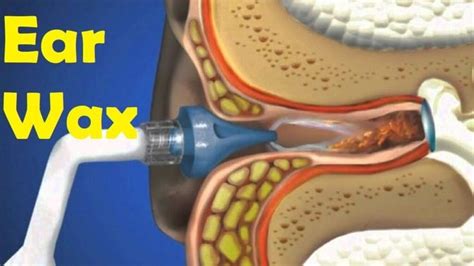
Understanding Ear Wax
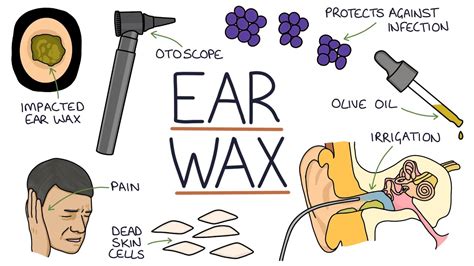
Benefits of Removing Ear Wax
Removing excess ear wax can have several benefits, including relief from discomfort, improvement in hearing, and reduction in the risk of infections. It's also a preventive measure against further complications that could arise from excessive wax buildup. However, the decision to remove ear wax should be made carefully, considering the potential risks and the natural protective function of ear wax.Method 1: Ear Drops
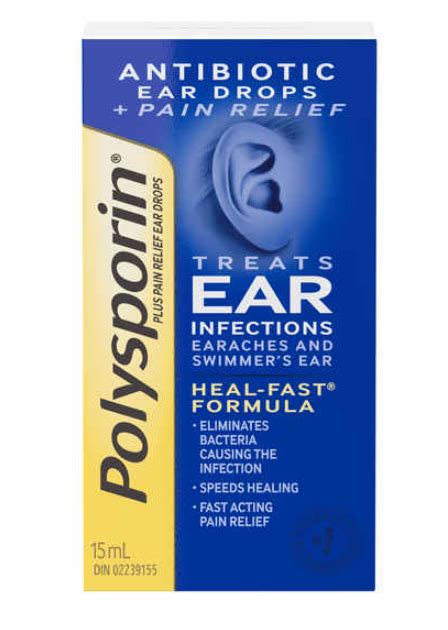
Steps for Using Ear Drops
- Tilt your head to the side with the affected ear facing upwards. - Put a few drops of the recommended ear drop into the ear canal. - Gently massage the base of the ear for a few seconds to help the drops penetrate the wax. - Stay in this position for a few minutes to allow the drops to work. - Tilt your head to the other side to let the drops and wax drain out.Method 2: Irrigation

Precautions for Irrigation
- Avoid irrigating your ears if you have a perforated eardrum or if you suspect you have an ear infection. - Use an ear syringe or a bulb syringe filled with warm water. - Gently squirt the water into the ear canal, aiming for the ear canal wall and not directly at the eardrum. - Repeat the process until the water draining out is clear, indicating that the wax has been removed.Method 3: Professional Removal

Benefits of Professional Removal
- Ensures safety and avoids potential damage to the ear canal or eardrum. - Provides immediate relief from discomfort and hearing issues caused by wax buildup. - Allows for a thorough examination of the ear to identify any other potential issues.Method 4: Ear Vacuum
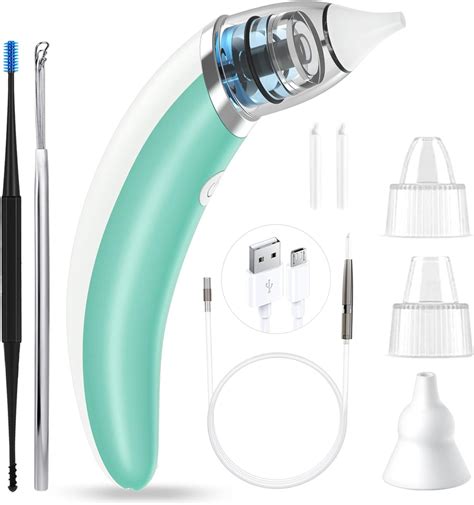
Using an Ear Vacuum
- Choose an ear vacuum that is designed for ear wax removal and follow the manufacturer's guidelines. - Gently place the tip of the vacuum at the entrance of the ear canal, avoiding direct contact with the eardrum. - Turn on the vacuum and slowly move it around the entrance of the ear canal to suction out the wax. - Repeat as necessary until the wax is removed.Method 5: Microsuction
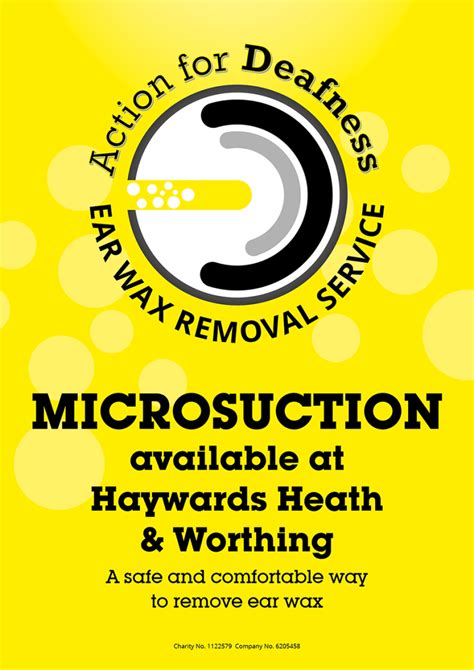
Benefits of Microsuction
- Highly effective for removing impacted ear wax. - Minimizes the risk of complications compared to other methods. - Can be used for individuals with perforated eardrums or other ear conditions, under professional guidance.To maintain ear health and prevent excessive wax buildup, it's recommended to avoid using objects like Q-tips or fingers to clean the ears, as these can push the wax deeper into the ear canal. Regular check-ups with a healthcare professional can also help in early detection and removal of excessive ear wax, preventing potential complications.
What are the symptoms of excessive ear wax?
+Symptoms can include hearing loss, itching in the ear, discomfort, or a feeling of fullness in the ear.
How often should I clean my ears?
+Generally, it's recommended not to clean your ears unless you have a visible buildup of wax or are experiencing symptoms. Over-cleaning can lead to dryness and irritation.
Can I use ear drops if I have a perforated eardrum?
+No, it's not recommended to use ear drops if you have a perforated eardrum without consulting a healthcare professional first, as some drops can exacerbate the condition.
In conclusion, flushing ear wax is a delicate process that requires careful consideration and the right approach to avoid complications. Whether you choose to use ear drops, irrigation, professional removal, an ear vacuum, or microsuction, it's essential to follow the recommended guidelines and consult with a healthcare professional if you're unsure. By taking the right steps, you can maintain your ear health, prevent potential issues, and ensure that your ears continue to function properly. If you have any further questions or concerns about ear wax removal or ear health in general, don't hesitate to reach out to a healthcare professional for personalized advice.
